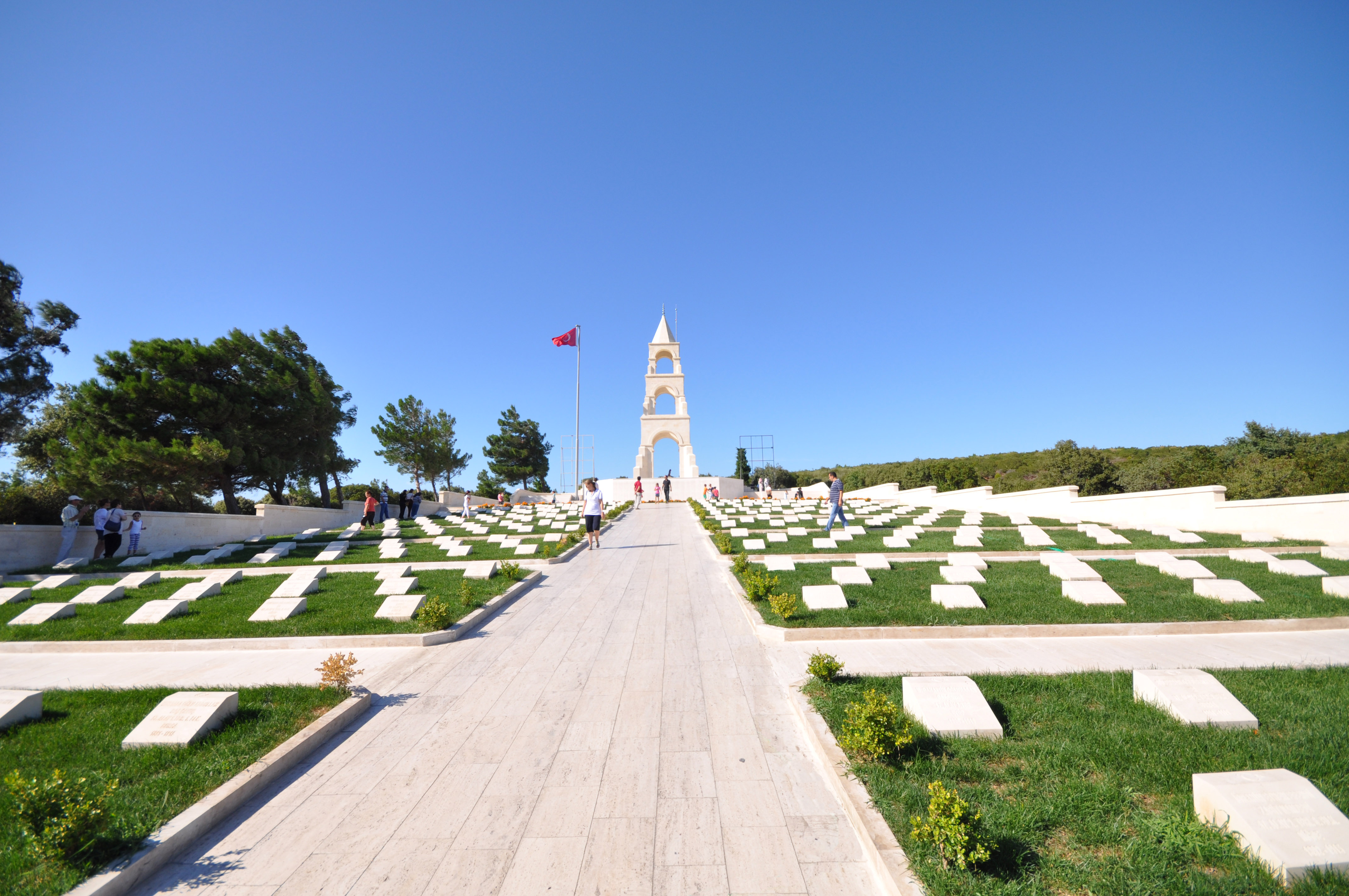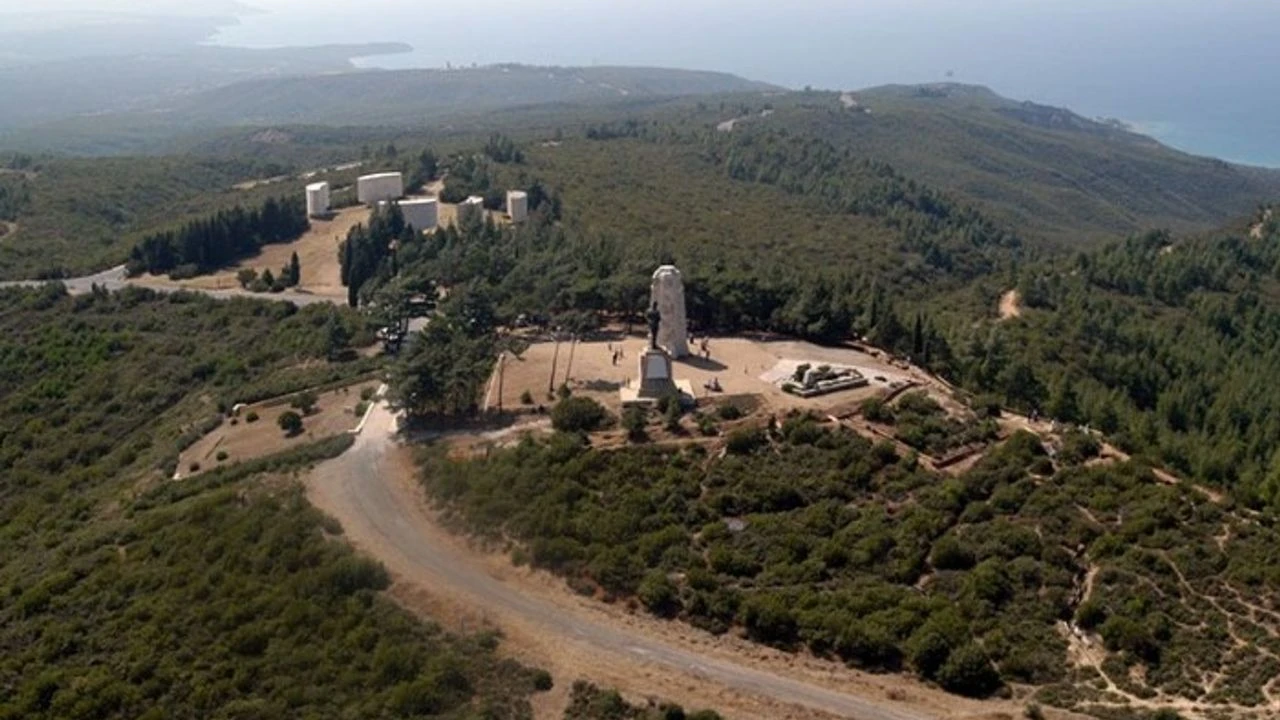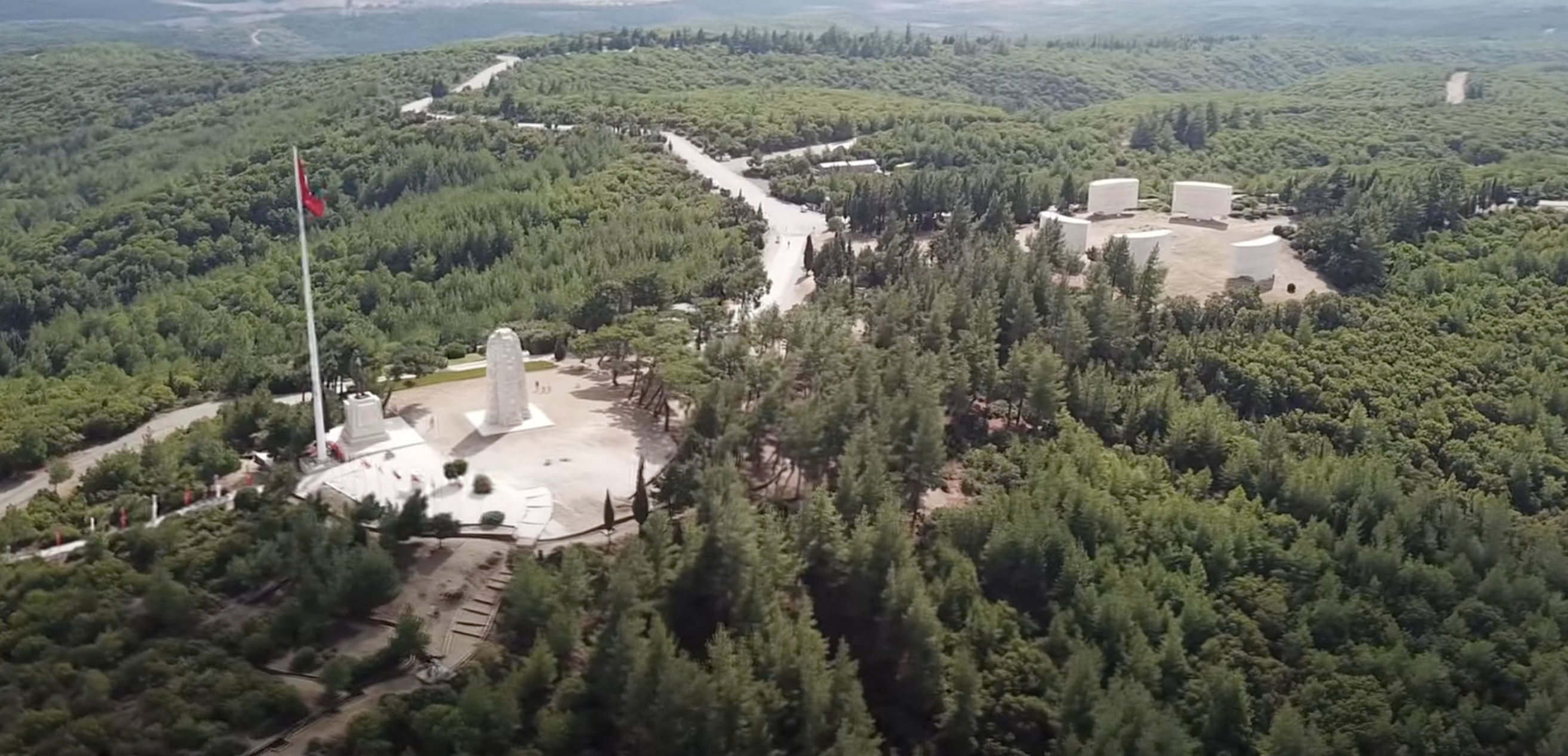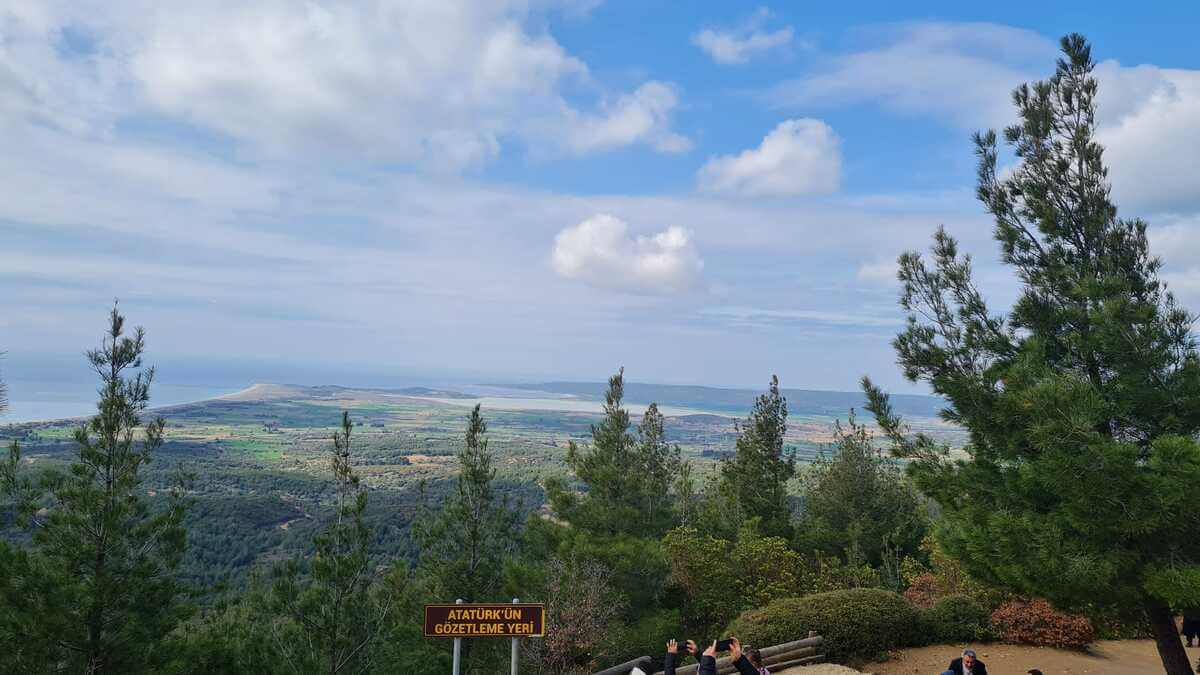When you set foot on the Gallipoli Peninsula, you feel that you are not just touching the soil, but history itself. The wind that blows here seems to carry the whispers of a hundred years ago, the sounds echoing in the trenches. The enchanting blue of the sea offers both a unique natural beauty and is the quietest, deepest witness to the events that once took place. If your list of things to do in the Gallipoli Peninsula goes beyond a typical travel plan, and you want to witness meaning and emotion with every step, you are in the right place.
These lands are like a vast open-air museum where peace and sorrow, heroism and tragedy are intertwined. This is not just a battlefield, but also a sacred geography where a nation was born from its ashes, a leader like Mustafa Kemal Atatürk emerged on the stage of history, and the common memory of more than one nation was written. Come, let's embark on a journey together through the most unforgettable stops of this memory.
Learn the stories of heroism by visiting the 57th Infantry Regiment Memorial
Perhaps the most meaningful stop on your journey in Gallipoli will be the 57th Infantry Regiment Memorial. This regiment is not an ordinary military unit; it is the very soul of the Çanakkale spirit. When the Anzac troops landed at Anzac Cove on the morning of April 25, 1915, it was these heroes who first met and relentlessly stopped them.
You'll get goosebumps when you hear their commander, Lieutenant Colonel Mustafa Kemal's historic order: "I don't order you to attack, I order you to die!". This was not just a saying; almost the entire regiment was martyred without hesitation to defend their homeland. Therefore, the monument you visit today is a symbolic structure erected in memory of this immortal sacrifice, rather than the actual burial site.
As you step into the memorial, you will notice the layers of meaning in its architecture. The structure, built from Kevser stone used in Seljuk and Ottoman caravanserais , greets you at the entrance with a statue of the last Gallipoli veteran, Hüseyin Kaçmaz, holding his grandson's hand, as if building a bridge between the past and the future. The massive 45-square-meter relief on the opposite wall brings the charge to life before your eyes. These acts of heroism hold a special place among the immortal legends of Gallipoli.

View the battlefield from the Mustafa Kemal Atatürk Monument at Chunuk Bair
From the trenches of the 57th Regiment, we now head to the strategic hill where their commanders directed the battle: Chunuk Bair. This is a point that lays not only the Gallipoli Peninsula but the entire Dardanelles Strait at your feet. Its strategic importance was so great that it is said to have changed hands seven times on some days during the war.
This very hill witnessed a moment that changed the course of history on the morning of August 10, 1915. The famous bayonet charge led by the Anafartalar Group Commander, Colonel Mustafa Kemal, definitively halted the enemy's advance and opened the door to victory. The imposing Atatürk monument you see today stands precisely in memory of this victory, symbolizing the determination of that moment.
Chunuk Bair also has a miraculous story. During an attack, a piece of shrapnel hit Mustafa Kemal's chest. However, the shrapnel struck the pocket watch in his breast pocket, saving his life. When you think about that moment, you better understand how a leader's fate is intertwined with the fate of a nation. Looking down from the monument, you will see the Anafartalar Plain, Suvla Bay, and the beaches where the Anzacs landed, feeling the challenging geography of the war firsthand.

Tour the battlefields with their trenches and tunnels
From the breathtaking view of Chunuk Bair, it's now time to descend into the trenches, where the most real, most claustrophobic face of the war was experienced. This is where history steps out of the pages of books and becomes close enough to touch. In areas like Lone Pine (Kanlısırt) and Johnston's Jolly (Kırmızısırt), you can walk inside the trenches dug a hundred years ago and try to imagine those moments.
What is most surprising is the distance between the trenches. At some points, the distance between the Turkish and Anzac trenches drops to just 8 meters. Imagine being so close that you can hear your enemy's breath, their cough. This proximity hits you with the reality that war is not just about abstract strategies; it's a psychological test where fear, hope, and humanity were lived out in narrow corridors.
The experiences at such close quarters were not limited to conflict. It is told that soldiers would throw cigarettes, canned food, or biscuits to each other from trench to trench, showing small glimmers of humanity even in the most terrible moments. Walking in these trenches is not just a tour, but also a profound experience in empathy. Gallipoli offers you one of the most impressive historical walking routes in Turkey.

While You're Here...
After visiting these three main stops on the Gallipoli Peninsula, if you want to rest your soul and discover the different riches of the region, we have a few suggestions. You can add the magnificent Çanakkale Martyrs' Memorial at the southernmost tip of the peninsula and Kilitbahir Castle , known as the lock of the strait, to your historical journey. And you can't leave without seeing the Corporal Seyit Memorial , who famously lifted the 215-kilogram shell.
If you need to catch your breath after an intense and emotional day, you can immerse yourself in the clean waters of Saros Bay or go diving to explore the underwater riches of Kömür Limanı (Coal Harbour). Additionally, the Piri Reis Museum in the center of Gallipoli and the Gallipoli Mevlevi Lodge , one of the largest in the world, will show you that the region is not just about war history but also possesses a deep-rooted cultural heritage.
Frequently Asked Questions (FAQ)
1. When is the best time to visit the Gallipoli Peninsula? The most ideal period is during the spring (April-May) and autumn (September-October) months when the weather is not oppressively hot. The region gets particularly crowded around April 25th for Anzac Day commemorations. Summer months can be hot, while winter months can be quite windy and rainy.
2. How can I get to Gallipoli? Is a car necessary to tour the peninsula? There are regular ferry services from Çanakkale city center to Eceabat and from Lapseki to Gallipoli. Since the peninsula covers a very large area and the distances between points of interest are significant, the most efficient method is to tour with your own private vehicle or join a guided tour.
3. How much time should I allocate to fully explore the peninsula? To properly visit the main monuments and memorials, you should set aside at least one full day (approximately 6-8 hours). If you prefer a more relaxed pace to absorb the atmosphere of the region and explore lesser-known sites, allocating two days would be ideal.
References: For more official information and visit details: Çanakkale Wars Gallipoli Historical Area Directorate. [https://canakkaletarihialan.gov.tr/].


 English
English Türkçe
Türkçe